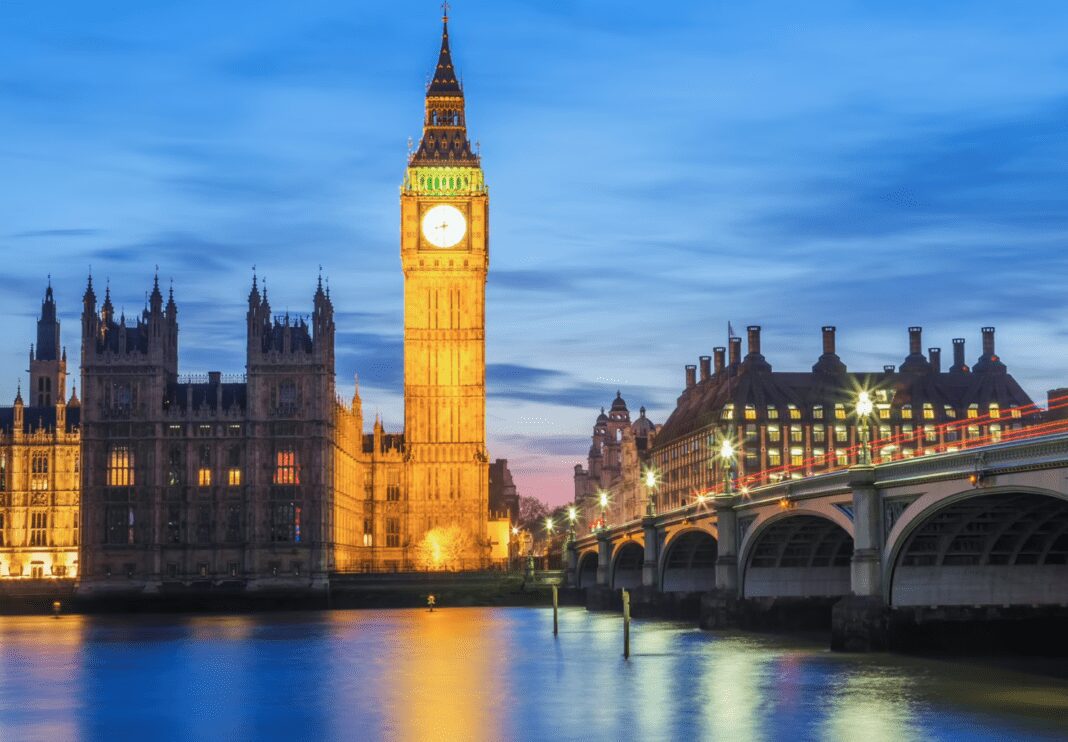
In a move largely anticipated by the market, the Bank of England (BoE) decided to raise interest rates by 25 basis points. While consensus aligned with this decision, there were prior speculations of a more substantial 50 basis points increase. Despite the rate hike, the British pound has struggled in recent times due to a slump in services PMI and a decline in inflationary pressures. The global risk-off sentiment, combined with the appeal of the safe-haven US dollar, continues to weigh down on the GBP/USD currency pair, commonly known as “cable,” despite the BoE’s move.
The voting pattern during the decision showed a slight shift, with 7 members supporting the rate hike, and only 1 member opting to maintain rates. Notably, BoE’s Haskel and Mann advocated for a more aggressive 0.5% rate hike, hinting at a potential push for sustained aggressive monetary policy by certain policymakers. Core inflation has emerged as a critical factor in the inflationary outlook, yet it has yet to show significant declines. Furthermore, Quantitative Tightening (QT) measures are set to be decided on next month, adding to the uncertainty surrounding the future policy direction.
The overall announcement reflects a dovish bias, and while the BoE has left the door open for additional rate hikes, the conviction in their tone appears to have moderated. Going forward, the central bank’s decisions will heavily depend on economic data. As with many other global central banks, the BoE’s approach will be data-dependent, and the outlook for Consumer Price Index (CPI) forecasts has been revised lower, potentially signaling further downside for the sterling.
In conclusion, the Bank of England’s decision to hike interest rates reflects the current economic concerns facing the UK. Despite the rate increase, the outlook for the British pound remains clouded by uncertainties and a cautious stance from the central bank. As the economic landscape evolves, market participants will closely watch for future policy announcements and economic indicators to gauge the potential trajectory of the sterling.

